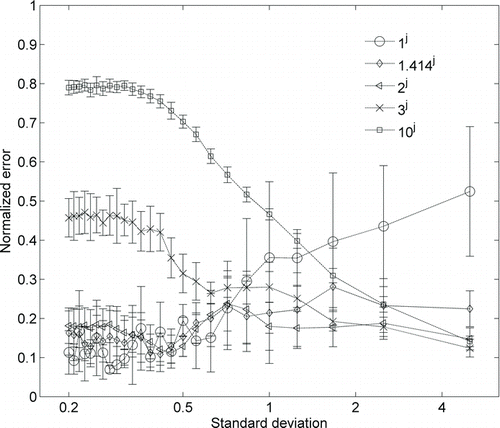Figures & data
FIG. 1 A schematic diagram of the dyadic tree structure used for the multiscale analysis. In different scales (j), the SEMS particle count data can be distributed into different numbers of size bins (2j−1).
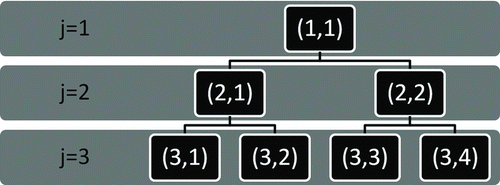
TABLE 1 The SEMS resolution and the corresponding condition number for a DMA operated with a resolution for 10 (sheath flow:aerosol flow of 10:1; Knutson and Whitby Citation1975) and a CPC smearing constant of 0.83 s (CPC3010; Buzorius 2002)
FIG. 2 SEMS size distributions calculated with three different inversion algorithms (multiscale, nonnegative least square, and L-curve regularization).
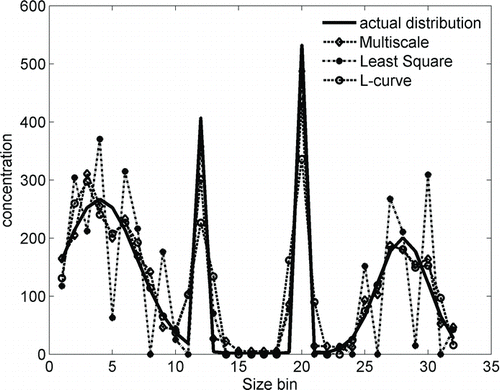
TABLE 2 The mean, standard deviation, and area for the four modes of the assumed multimodal distribution. The mean values correspond to bin numbers and the standard deviation values correspond to number of bins
FIG. 3 Variation of normalized error with signal-to-noise ratio for three different SEMS resolutions: (a) 10, (b) 7, and (c) 5, for a test case of a smooth distribution with four modes of Gaussian distribution.
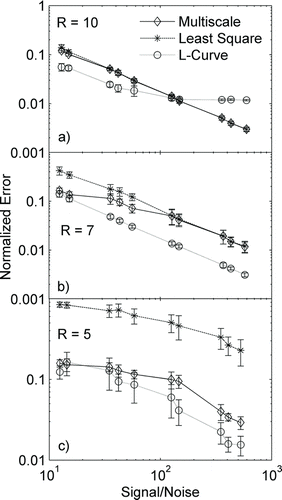
FIG. 4 Variation of normalized error with signal-to-noise ratio for three different SEMS resolutions: (a) 10, (b) 7, and (c) 5, for a test case of a narrow distribution with four modes.
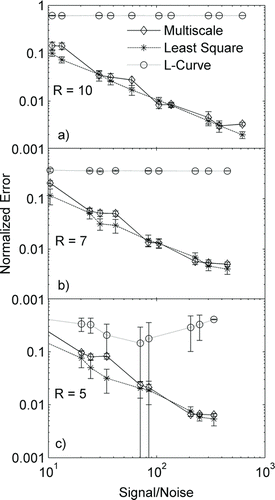
FIG. 5 Variation of normalized error with signal-to-noise ratio for three different SEMS resolutions: (a) 10, (b) 7, and (c) 5, for a test case of a mixed distribution with two narrow modes and two smooth, broad modes.
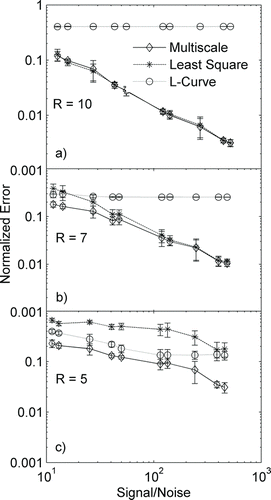
FIG. 6 Variation of normalized error with the standard deviation of an unimodal distribution for an SEMS resolution of (a) 10, (b) 7, and (c) 5. The standard deviation is normalized with the bin width.
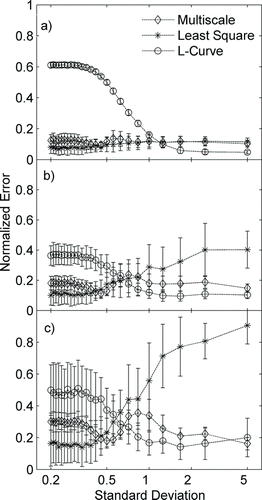
FIG. 7 Comparison of normalized error variation with the standard deviation of distribution for different values of smoothening term.
